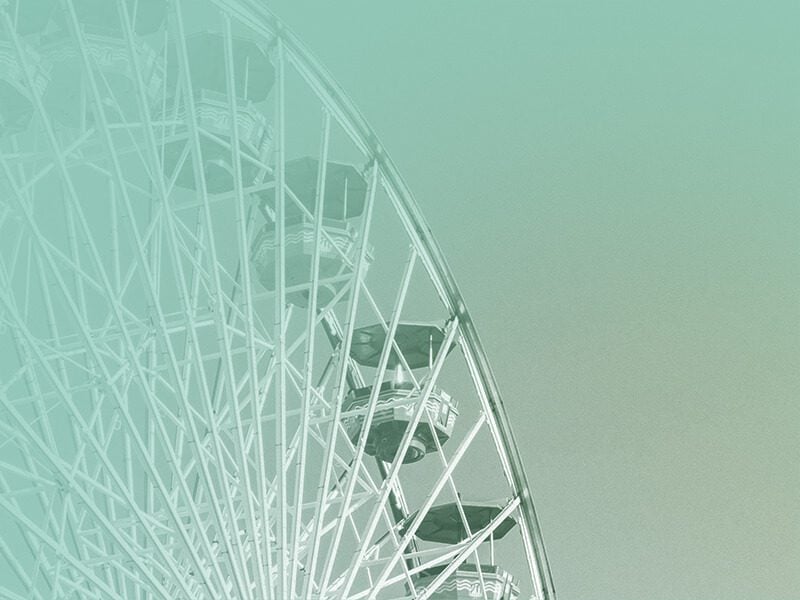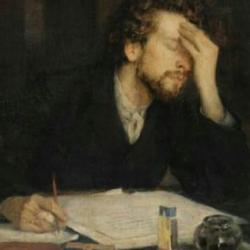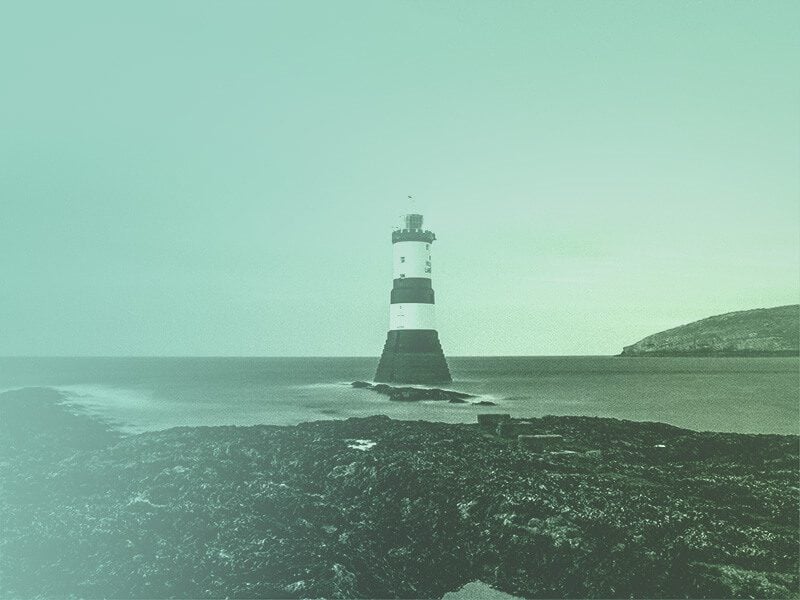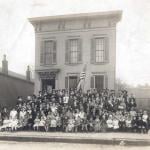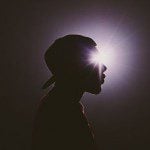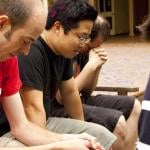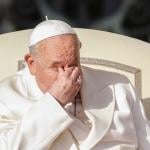Dostoevsky fills his novels with innumerable devils, and they are all folk devils. For Russians, the devil was ubiquitous, and dominated their religious imaginations even more than God and the saints. His novel, The Possessed (also known as The Devils or The Demons ) is, as we’d expect, populated by demons. But this is a novel about the revolutionary movements of 19 th century Russia, not a folk tale. The demonic presence is evident through the novel.
As Faith Wigzell puts it in her contribution to The Cambridge Companion to Dostoevskii (Cambridge Companions to Literature) , “the whole of The Devils is permeated by demonic references, in which folk context plays no small part . . . . Some of the revolutionaries, who are demonically possessed, even have the facial features of the folk devil which is based on depictions in icons, in particular icons of the Last Judgment. Of Petr Verhovenskii it is said: ‘his head was elongated as the back and as though flattened at the sides, so that his face seemed pointed. His forehead was high and narrow, but his facial features were small. His eyes were sharp, his now small and pointed, his lips long and thin.’”
Devils also abound in the Brothers Karamazov. Father Ferrapont at the monastery is comically obsessed with demons, but Wigzell notes that demons are “most closely associated with Ivan . . . . As Ivan descends into mental illness, he sees (or believes he sees) the devil. But a devil in human form, Smerdiakov (folk devils could appear as ordinary people), has been dogging him much earlier, taking the role of the enactor of Ivan’s evil intentions and amoral ideas.” Dostoevsky uses folk descriptions of the devil, and Ivan becomes increasingly lame as the story progresses, a sign that he is becoming more devil-like.






